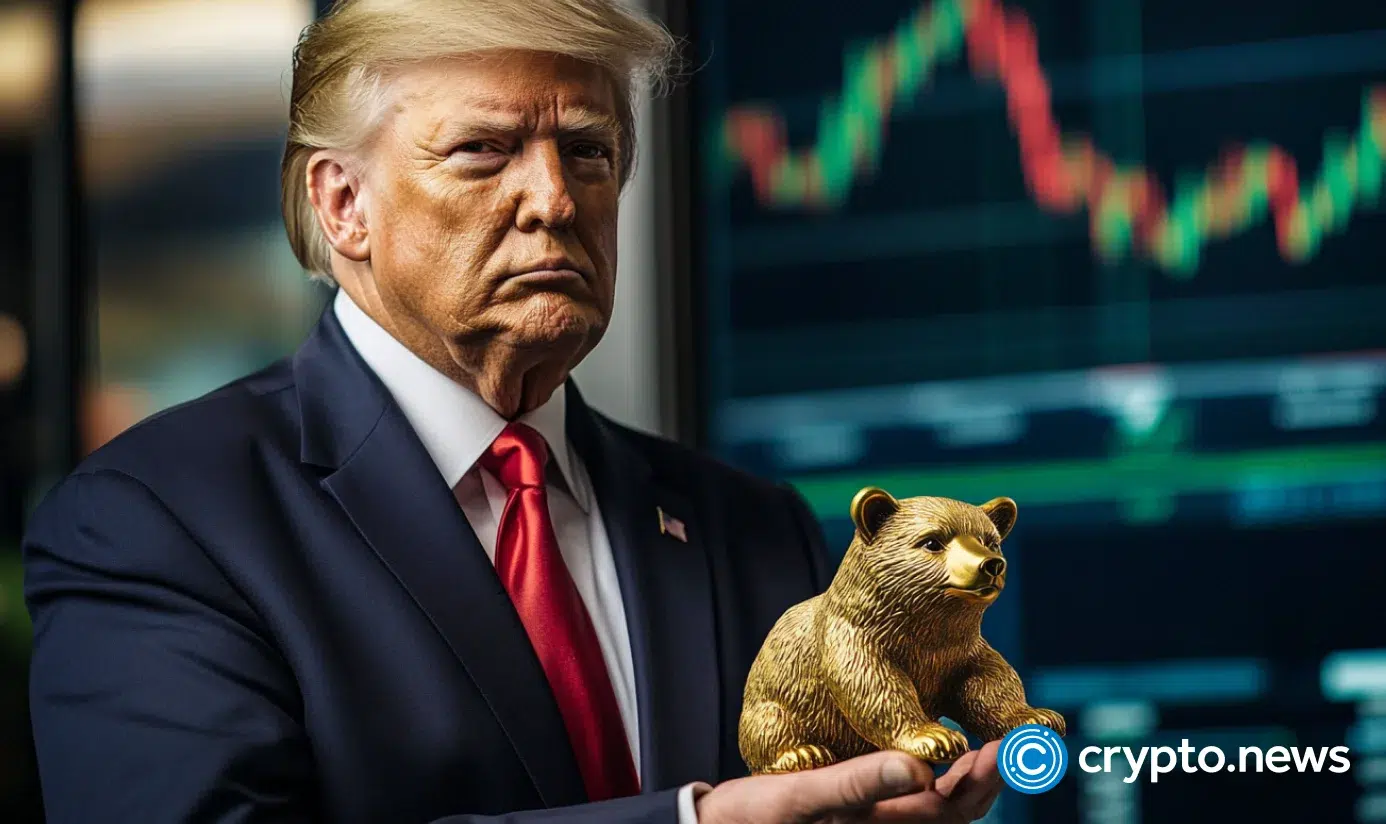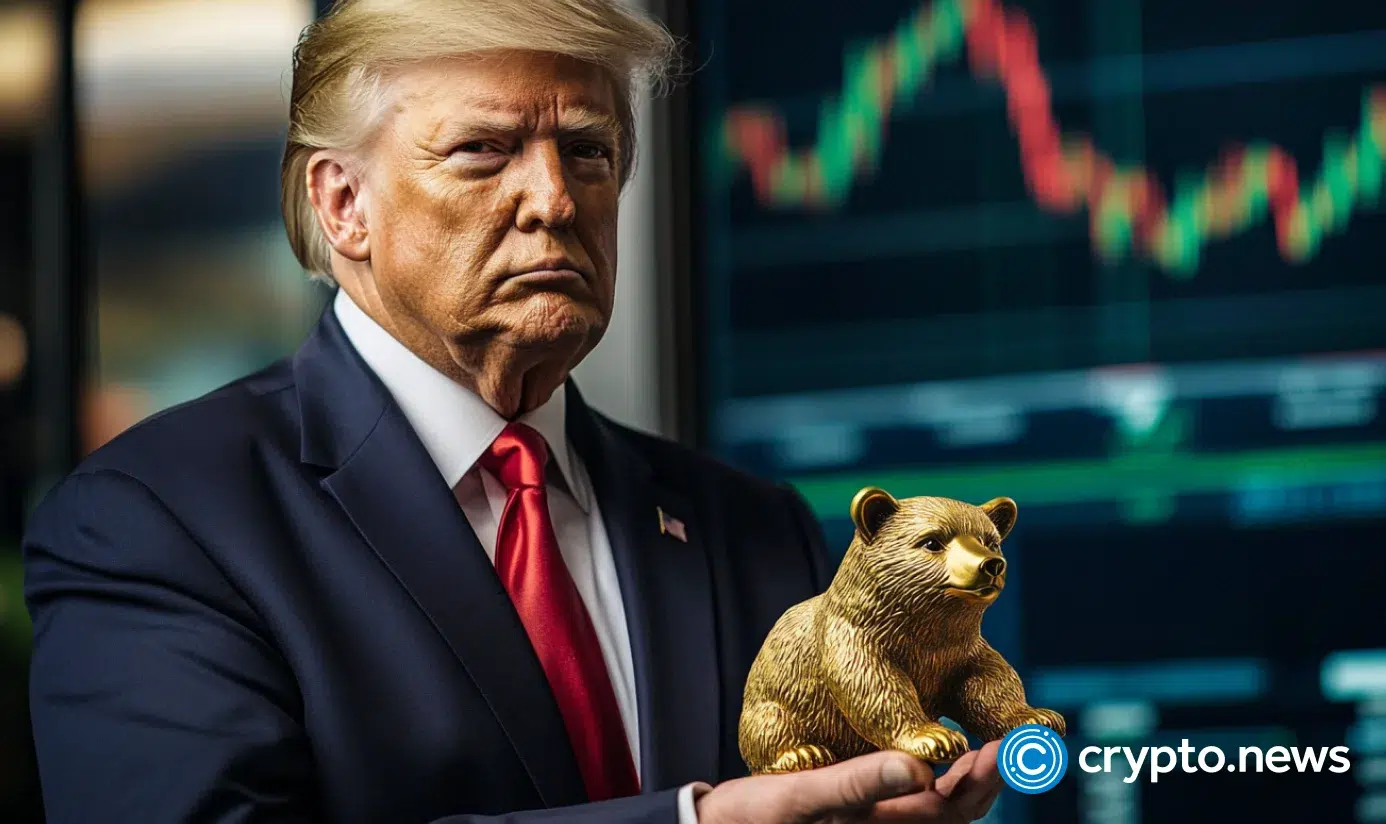

Changes to Trump-era tariffs are reportedly on hold as the president awaits a call with his Chinese counterpart. Meanwhile, the European Union has issued a warning of potential retaliation.
U.S. stock indices closed mixed on Monday, June 2, as trade policy uncertainty kept investors cautious. The Dow Jones fell 194 points, or 0.46%, to 42,075, while the S&P 500 held flat at 5,909 points. The Nasdaq gained 61 points, or 0.32%.
Trade policy was in focus, as tensions between China and the U.S. once again ignited. China accused the U.S. of discriminatory restrictions, especially relating to new controls on AI chip exports. Still, there is a potential for some positive change as the leaders of the two countries prepare to negotiate directly.
“If the US insists on its own way and continues to damage China’s interests, China will continue to take resolute and forceful measures to safeguard its legitimate rights and interests,” Chinese Ministry of Commerce.
Much of U.S. trade policy now depends on direct talks between U.S. President Donald Trump and Chinese President Xi Jinping. Kevin Hassett, the director of the National Economic Council, suggested that trade negotiations with other nations have stalled due to the White House’s focus on China.
EU threatens retaliatory tariffs on U.S.
At the same time, the European Union may impose retaliatory tariffs on the U.S. On Monday, June 2, the European Commission stated that it “deeply regrets” the latest 50% tariffs on steel and aluminum imposed by the U.S.
The Commission warned that the move increases market uncertainty and could negatively affect consumers in both the EU and the U.S. It added that the bloc is prepared to “impose countermeasures,” likely in the form of retaliatory tariffs.
Trade uncertainty is also undermining the U.S. dollar. On Monday, June 2, the dollar index fell to 98.88 points, the second-lowest level seen since 2022. Investors appear to be pricing in prolonged trade negotiations and potential fallout from a wider global trade conflict.

Source link

